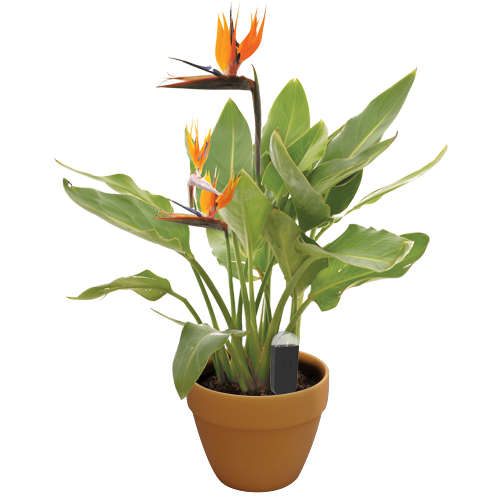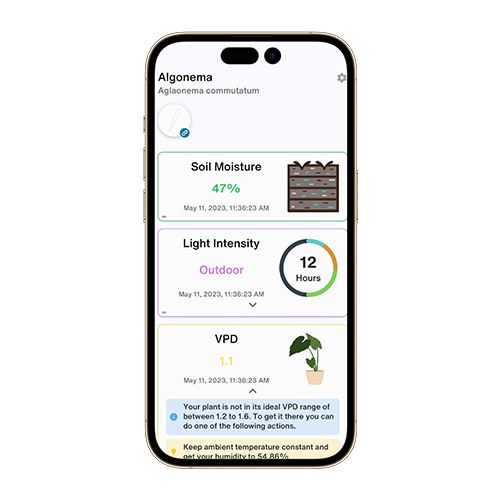Viola sororia
TAXONOMY
FamilyViolaceae
GenusViola
Zone3
LEARN MORE
Plants of the World OnlineABOUT
Viola sororia, commonly known as the common blue violet, is a perennial plant native to eastern North America. It is part of the Violaceae family and the Viola genus. This plant is known for its heart-shaped leaves and vibrant blue to purple flowers. It thrives in temperate climates and typically enters a dormancy period during the winter months.
ALSO KNOWN AS
Common Blue Violet
Violet
Woolly Blue Violet
Viola alachuana
Viola allardii
Viola chalcosperma
Viola communis
Viola cucullata var. alba
Viola cucullata var. sororia
Viola cuspidata
Viola domestica
Viola familiaris
Viola fletcheri
Viola floridana
Viola grandis
Viola laetecaerulea
Viola latiuscula
Viola macounii
Viola nesiotica
Viola nodosa
Viola palmata var. sororia
Viola papilionacea
Viola papilionacea f. albiflora
Viola papilionacea f. papilionacea
Viola papilionacea var. alba
Viola papilionacea var. papilionacea
Viola planifolia
Viola priceana
Viola rosacea
Viola septentrionalis
Viola septentrionalis f. alba
Viola septentrionalis f. septentrionalis
Viola septentrionalis var. septentrionalis
Viola sororia f. sororia
Viola sororia var. affinis
Viola sororia var. incognita
Viola sororia var. sororia
Viola thompsoniae
Viola wilmattae
OVERVIEW
VPDCalculate
WaterWet
SoilLoamy
LightIndirect Bright (6 Hours)
Temperature20° C
Humidity60%
Dormancy3 Months
pH6.5
Pressure1,013 mbar
DETAILS
Care Instructions
Viola sororia prefers moderate temperatures and indirect bright light. It thrives in environments with moderate humidity and should be watered regularly to keep the soil evenly moist. This plant is relatively easy to care for and can adapt to both indoor and outdoor settings.Soil
The common blue violet prefers loamy soil that is well-draining yet retains moisture. It can tolerate a range of soil types but thrives best in soil that is rich in organic matter. Ensure the soil is kept evenly moist but not waterlogged.Fertilizer
Use a balanced fertilizer with a nutrient composition of 5-10-5. Fertilize the plant during the growing season, typically in spring and summer, to promote healthy growth and vibrant blooms.Repotting
Repot Viola sororia every 1-2 years or when it outgrows its current container. Choose a slightly larger pot with good drainage. Repotting is best done in early spring before the growing season begins.Propagation
Viola sororia can be propagated through seed or division. For seed propagation, sow seeds in a well-draining soil mix in early spring. For division, separate the plant clumps in early spring or fall and replant them in suitable soil.Pruning
Pruning is not typically required for Viola sororia. However, you can remove spent flowers and dead leaves to maintain the plant's appearance and encourage new growth.Toxicity
Viola sororia is not toxic to pets or humans. It is considered safe and non-toxic, making it a good choice for households with pets and children.REVOLUTIONIZE YOUR PLANT CARE
Make Every Plant Smart

Plant Monitor
STAYS IN YOUR PLANT
Accurately measures the core metrics of your plant – soil moisture, light, temperature and humidity - as well as compound metrics such as Vapor Pressure Deficit (VPD) and Growing Degree Days (GDD).
Shop Now
